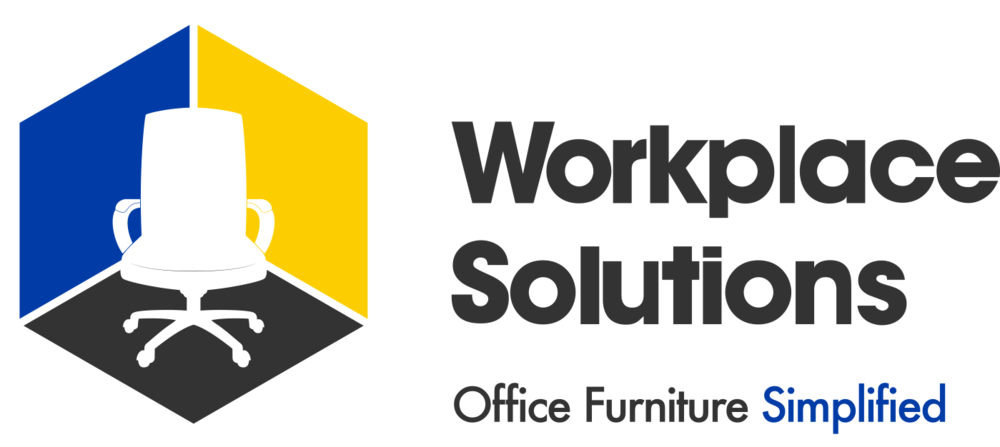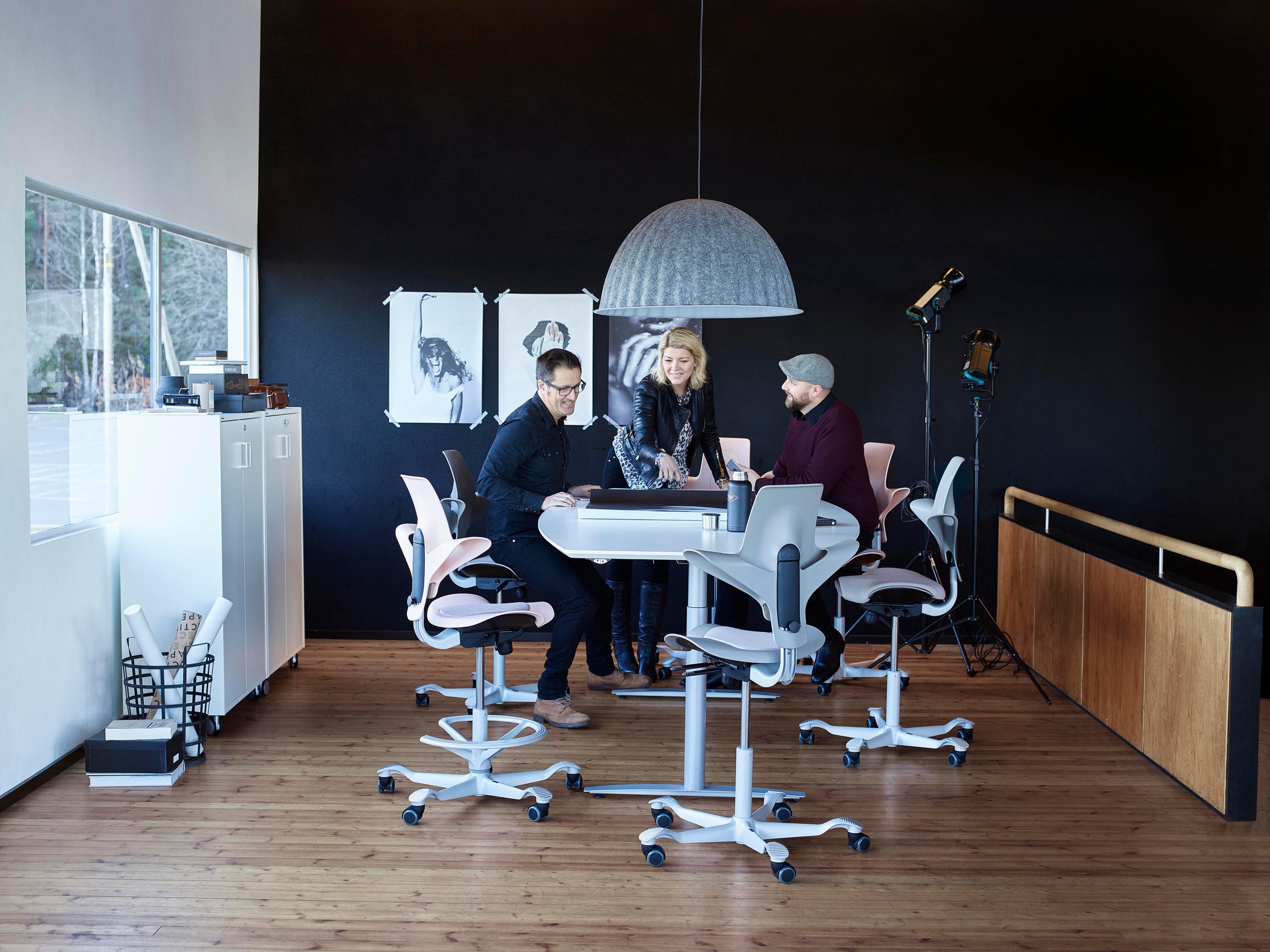An unforeseen side effect of the pandemic is that it has reignited employees’ desires for something more when it comes to their workspaces—many are now voicing their preferences for maintaining flexibility and authorship of their workdays, choosing how and when they come into the office, and deciding for how long. More than ever, work happens across a spectrum of spaces, and companies are looking at how these hybrid behaviors can lead to wholly new ways of working. These factors naturally lead to a shift in workplace design thinking that should continue to evolve throughout 2023.
Read MoreMaking The Office A Destination Of Choice In The Era Of Hybrid Work
As organizations sort through the most ideal work arrangements that mix positive employee experiences with productivity, there’s a growing recognition that the old-style offices (pre-2020 that is) just aren’t cutting it anymore. We’re not talking about the nondescript cubicles, but the whole thinking behind what makes a workplace a workplace.
Read MoreWhy Companies Shouldn’t Ignore The Move To Flexible And Hybrid Work
Companies have spent years cultivating and training the best of the best employees who consistently deliver excellence. Now those companies may be at risk of not only losing top talent but also being unable to attract suitable replacements. Why? Some executives are insisting on a return-to-office policy that ignores many employees’ wishes to evolve to embrace the “everywhere workplace.” A quick look at headlines around companies like Tesla illustrates a difference in opinion between employees and employers when it comes to returning to the office.
Read More


